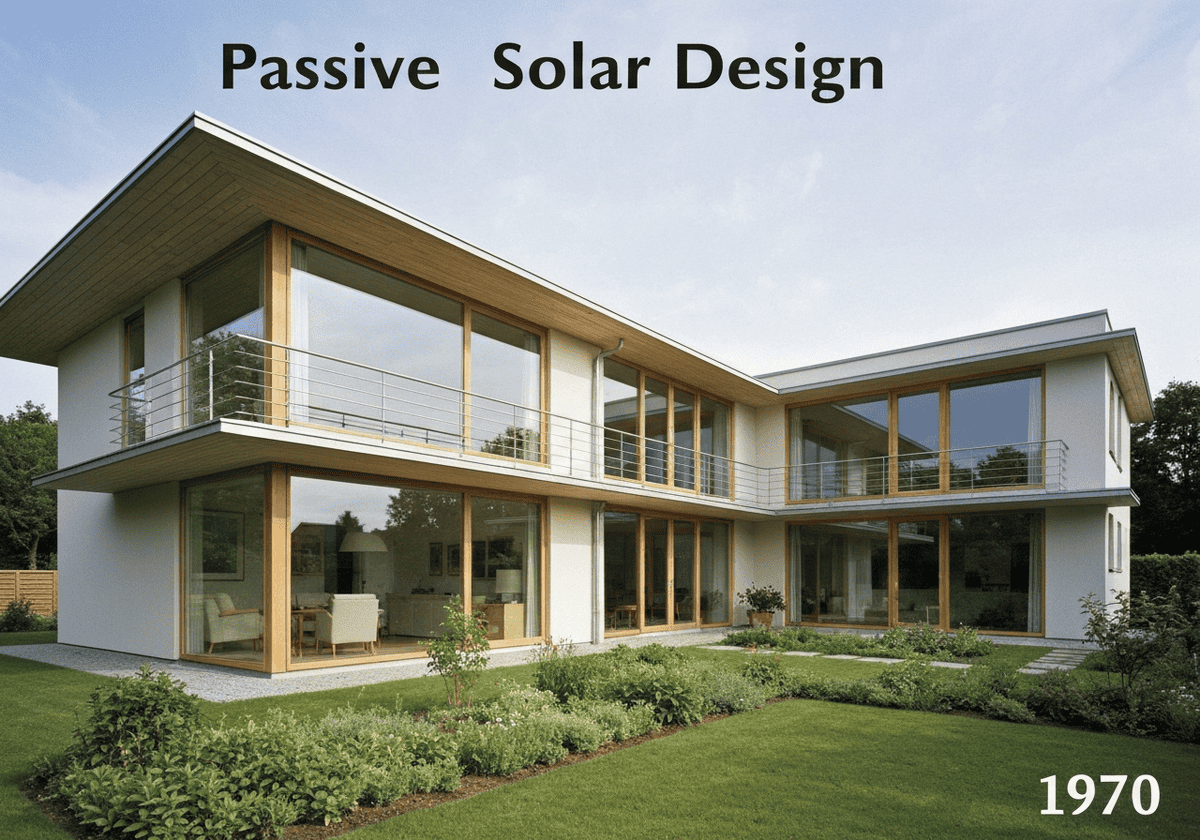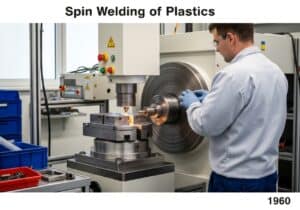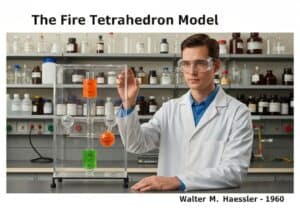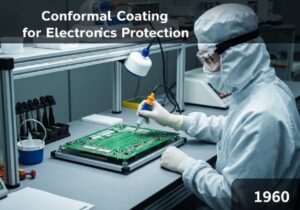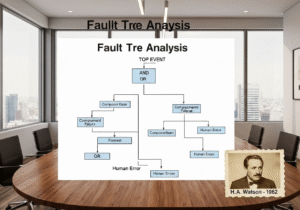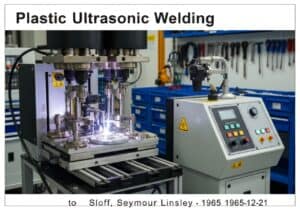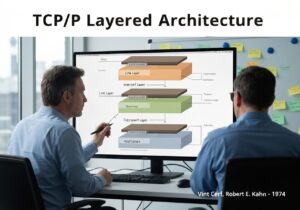Passive solar design is a building design strategy that uses a building’s components—walls, floors, windows, and orientation—to collect, store, reflect, and distribute solar energy in the form of heat in the winter and reject solar heat in the summer. Unlike active solar heating systems, it does not involve the use of mechanical and electrical devices.
Passive solar design relies on five key principles. The first is the aperture (or collector), which consists of large glass areas (windows, skylights) oriented to face the sun’s path, typically south in the Northern Hemisphere. These allow sunlight to enter the building. The second principle is the absorber, which involves hard, darkened surfaces on the sun-exposed side of a thermal mass. These surfaces absorb the incoming solar radiation and convert it into heat.
The third principle is thermal mass, which is a material with the capacity to store significant amounts of heat. Materials like concrete, ladrillo, stone, and water are commonly used. The thermal mass is positioned to be irradiated by the sunlight entering through the aperture. It absorbs excess heat during the day and slowly releases it into the space at night, moderating internal temperature fluctuations.
El cuarto principio es la distribución, el método mediante el cual el calor solar circula desde los puntos de captación y almacenamiento a diferentes áreas del edificio. Esto puede ocurrir por convección natural, conducción y radiación. Por ejemplo, el aire caliente asciende y puede circular a través de las rejillas de ventilación superiores, mientras que el aire más frío se introduce a través de las rejillas inferiores.
El último principio es el control. Este implica mecanismos para gestionar los efectos del sol, especialmente para evitar el sobrecalentamiento en verano. Los aleros, toldos, persianas y árboles de hoja caduca son elementos de control comunes. Están diseñados para bloquear el sol de verano, que se proyecta con mucha intensidad, y permitir que el sol de invierno, que se proyecta con poca intensidad, penetre en el edificio.

